How Long Does a Dental Cleaning Take?
The Duration of a Dental Cleaning
Key Factors of Professional Teeth Cleaning
X-Rays
SPlaque and Tartar Removal
Scaling
Flossing
Steps Involved in a Dental Cleaning
Oral Examination: The dental hygienist or dentist will begin by examining your mouth, checking for any signs of dental issues, such as cavities, gum disease, or oral cancer.
Scaling: Using specialized dental instruments, the hygienist will remove plaque and tartar buildup from the tooth surfaces, especially around the gumline and between teeth. This step helps prevent gum disease and cavities.
Polishing: After scaling, the hygienist will polish your teeth using a gritty paste and a high-powered toothbrush. This step removes surface stains and leaves your teeth feeling smooth.
Fluoride Treatment (Optional): In some cases, a fluoride treatment may be applied to strengthen tooth enamel and reduce the risk of cavities.
Education and Recommendations: The hygienist or dentist may offer guidance on proper oral care techniques, including brushing, flossing, and dietary recommendations to maintain good oral health.
The Importance of Regular Dental Cleanings
Preventing Oral Issues: Dental cleanings help remove plaque and tartar, reducing the risk of cavities, gum disease, and tooth decay.
Early Detection: Dental professionals can detect dental issues early during routine cleanings, allowing for prompt treatment and prevention of more significant problems.
Fresh Breath: Cleanings can help eliminate bad breath caused by bacteria in the mouth.
Maintaining Overall Health: Good oral health is linked to overall well-being, as dental issues can contribute to systemic health problems like heart disease and diabetes.

